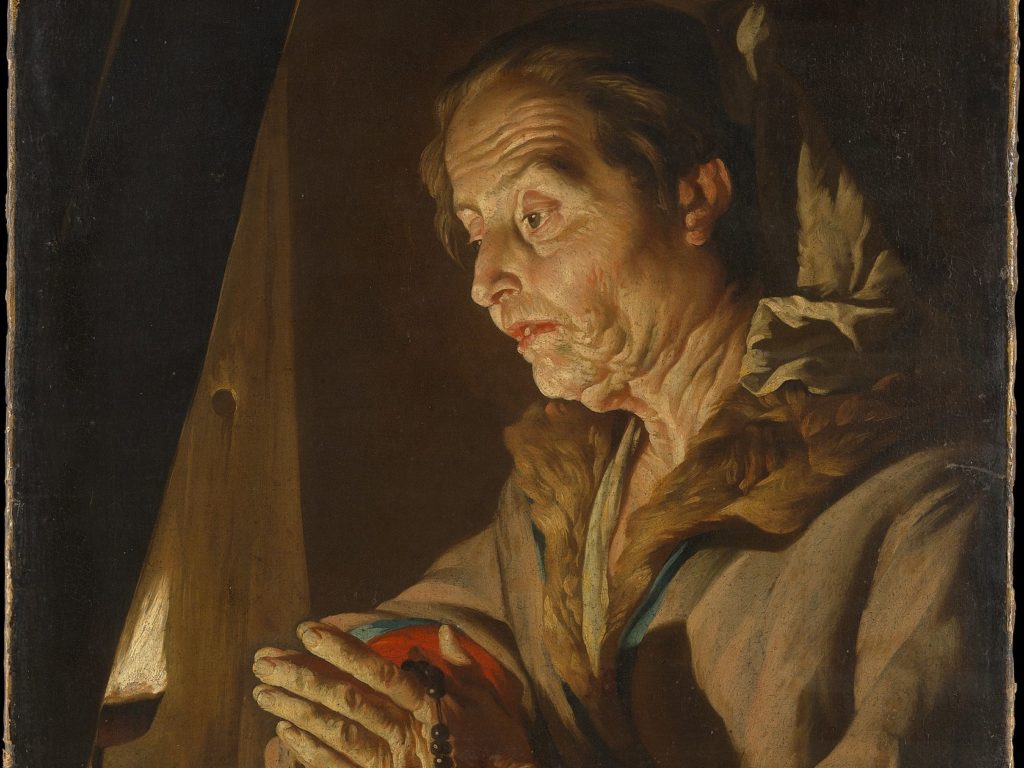It’s midsummer, and everyone should be praying. Baseball fans are praying for their team — or for the conversion of its management. Farmers are praying for a bit more rain. Lots of people are praying for relief from the heat.
The truth is, we should always be praying. Jesus said so (see Luke 18:1), and our patron St. Paul insisted upon it (see 1 Thessalonians 5:17 and Ephesians 6:18). Guidance in prayer is what Jesus’ disciples have always sought from their Master (Luke 11:1).
Prayer is necessary for Christian life. And Catholic prayer is rich and diverse — a treasury of traditions and techniques. Jesuits teach Ignatian methods, while Carmelites follow after Sts. Teresa of Ávila and John of the Cross. Franciscans, Dominicans, and Augustinians follow their own ways. And different ritual families — Malabar, Melkite, Chaldean, Anglican Use — preserve their ancestors’ particular customs.
Individual Catholics have their own options. We pray the Mass. We pray on our rosary beads. We pray on our knees. We pray in tongues.
Catholic ways of prayer are breathtakingly varied. How to sort them out and find one’s own way?
It’s good for us to take a breath and think deeply about what they all hold in common. What is it that makes one way of all those many ways?
Pope Benedict XVI considered the matter not just once, but repeatedly in his 2010 apostolic exhortation “Verbum Domini” (“The Word of the Lord”). And he kept coming back to the same answer: “the great currents of spirituality in the Church’s history originated with an explicit reference to Scripture. … The word of God is at the basis of all authentic Christian spirituality. … We must never forget that all authentic and living Christian spirituality is based on the word of God proclaimed, accepted, celebrated and meditated upon in the Church.”
Catholic prayer is inconceivable apart from God’s word, apart from divine revelation. Our most common prayers — from the Sign of the Cross to the Holy Mass, from the Hail Mary to the St. Michael Prayer, from the Jesus Prayer to the Divine Office — are, one and all, expressions of biblical religion and fruits of biblical reflection. The path we follow, through the ages and stages of spiritual life, is a path blazed in the pages of the Bible.
The history of Christian spirituality, then, can be seen as a great community Bible study on the subject of prayer. And that is indeed how we treat it in our new study. We range in the biblical canon, the Old Testament and the New, and we read with the great saints. We learn the ways of adoration, contrition, thanksgiving, and intercession by observing the prayers of the patriarchs and prophets, the great kings and the apostles. We learn the Catholic way of prayer from Jesus, whose very life and character and mission were defined by his prayer to the Father.
Our own life and character and mission take shape from our prayer, which itself must be biblical if it is to be authentically Catholic.

